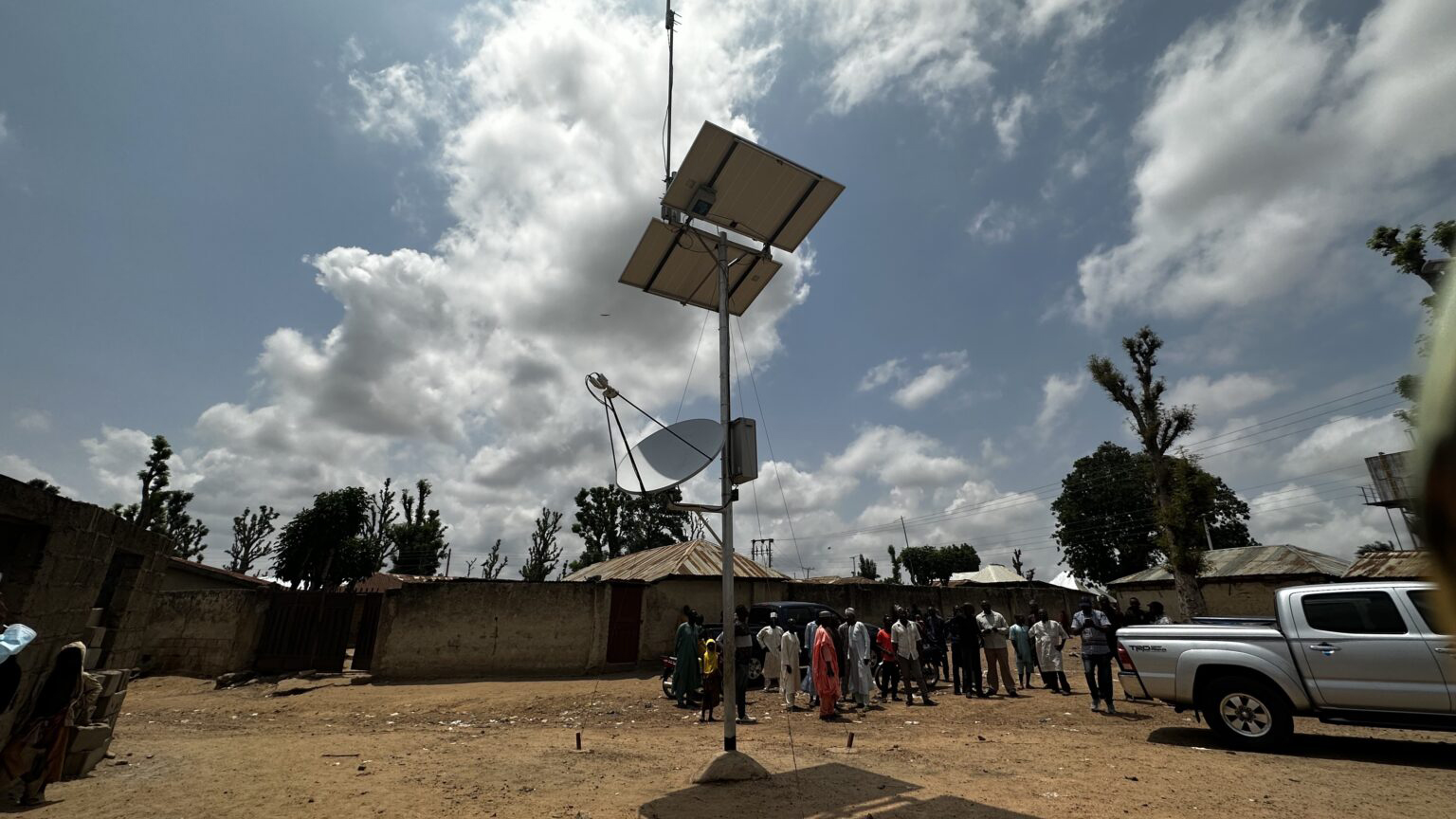Starlink Kenya Offices: Expanding Connectivity Across the Nation

7. Future Plans for Starlink Kenya

Upcoming Office Openings
Starlink Kenya is committed to expanding its physical presence across the country to provide better service and support to more customers. In the near future, the company plans to open additional offices in key locations, including:
- Mombasa: A new office in Mombasa is expected to serve the coastal region, offering sales, technical support, and installation services to communities along the coast and in nearby counties.
- Kisumu: An office in Kisumu is in the pipeline, aimed at supporting the growing demand for Starlink services in the western part of Kenya, particularly around Lake Victoria.
- Eldoret: A regional office in Eldoret will cater to the Rift Valley region, which has seen increased adoption of Starlink in rural areas and small towns.
These new offices will enhance accessibility for customers, providing more localized service, faster response times for installations, and technical support.
Plans for Further Expansion and Services
Starlink Kenya has ambitious plans for continued growth and service diversification, including:
- Nationwide Coverage: Starlink aims to achieve near-total coverage across Kenya, particularly targeting hard-to-reach and remote regions in the northern and northeastern parts of the country. This will ensure that even the most isolated areas have access to fast, reliable internet.
- Enhanced Business Solutions: Starlink Kenya is working on developing specialized solutions for businesses, including dedicated service plans for industries such as agriculture, tourism, and transportation. This will include tailored packages that offer enhanced bandwidth, reliability, and customer support for enterprise-level clients.
- Government Partnerships: Starlink is seeking to partner with the Kenyan government to provide internet access in public institutions such as schools, healthcare centers, and government offices in rural areas. The company is also exploring ways to support Kenya’s digital transformation agenda through partnerships in the education and health sectors.
- Community Wi-Fi Initiatives: Plans are underway to introduce community Wi-Fi hubs in remote areas. These hubs will allow entire communities to share Starlink internet through localized hotspots, providing an affordable solution for groups with limited purchasing power.
- Future Technologies: Starlink Kenya is also exploring the integration of future technologies such as advanced ground stations and improved satellite hardware to further enhance internet speeds and reduce latency for its users.
By expanding its office presence, enhancing service offerings, and partnering with key stakeholders, Starlink Kenya is poised to play a pivotal role in the country’s connectivity landscape, further driving innovation, education, and economic growth.
8. Challenges and Solutions

Challenges Faced During the Expansion
-
Infrastructure Limitations in Remote Areas
- Many of the areas targeted by Starlink Kenya, particularly in northern and northeastern regions, lack basic infrastructure such as roads, electricity, and communication networks. These conditions make it difficult to deliver and install satellite equipment and provide consistent service.
-
High Costs of Equipment and Service
- While Starlink offers a valuable solution for rural connectivity, the cost of the satellite kit and monthly subscription can be prohibitive for low-income households in remote areas. This limits adoption in regions that would benefit the most from reliable internet access.
-
Regulatory and Licensing Hurdles
- The satellite internet industry is heavily regulated, and Starlink Kenya has had to navigate complex licensing requirements to expand its operations. Delays in obtaining permits for new office locations, as well as the need for compliance with local communication laws, have slowed the rollout in some areas.
-
Public Awareness and Adoption
- Many potential customers, especially in rural areas, are not familiar with satellite internet technology or how Starlink operates. Limited understanding of its benefits, paired with hesitation due to costs or lack of technical knowledge, has made it challenging to achieve widespread adoption.
-
Environmental and Technical Barriers
- Starlink’s technology, while innovative, is susceptible to environmental factors such as severe weather conditions, which can disrupt satellite signals. In certain regions, mountainous terrain or dense forests may also affect satellite reception.
Solutions and Strategies Implemented to Overcome These Challenges
-
Partnerships with Local Installers and NGOs
- To address the challenges posed by poor infrastructure, Starlink Kenya has partnered with local contractors, technicians, and NGOs to facilitate the delivery and installation of equipment in remote areas. These partnerships allow for more efficient distribution of hardware, even in regions with limited access to transportation and power grids.
-
Subsidized Pricing and Financing Options
- Starlink has introduced flexible financing options to help lower-income households afford the satellite kit and subscription fees. This includes installment payment plans and potential subsidies for community institutions like schools and health centers. Starlink is also exploring government partnerships for subsidized pricing in rural areas.
-
Streamlined Regulatory Processes
- Starlink Kenya has worked closely with the Communications Authority of Kenya to ensure regulatory compliance and streamline the approval process for its services. By engaging with government stakeholders early in the process, the company has been able to secure the necessary licenses and approvals for expansion.
-
Awareness Campaigns and Education Programs
- To increase awareness, Starlink has launched community outreach programs and awareness campaigns aimed at educating rural residents about the benefits of satellite internet. These initiatives include workshops, demonstrations, and partnerships with local leaders to build trust and understanding within communities.
-
Technological Improvements
- To mitigate issues related to environmental and technical barriers, Starlink is continuously upgrading its satellite network and ground equipment. These upgrades aim to improve signal stability and increase the resilience of the service in adverse weather conditions. Additionally, Starlink is refining its technology to better navigate challenging terrains, ensuring that even users in remote and mountainous areas receive stable connections.
By addressing these challenges head-on with innovative solutions, Starlink Kenya continues to push the boundaries of connectivity, ensuring that even the most remote and underserved communities can access reliable and affordable internet services.





